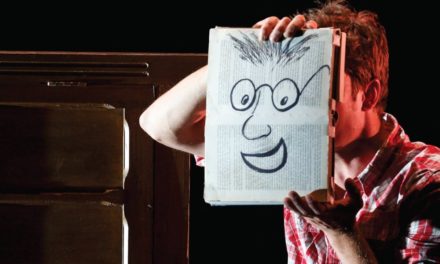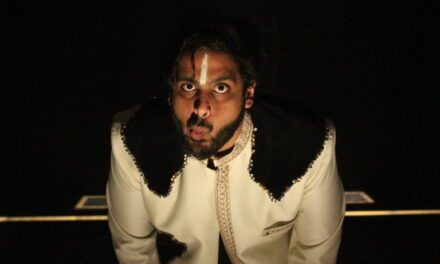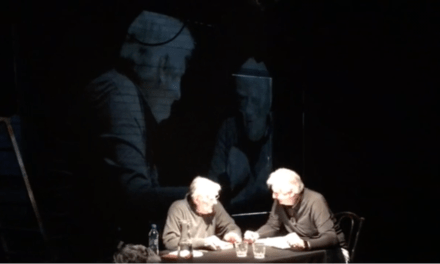It is almost trite to list the assortment of horrors presented in the American news lately. Each morning now involves the morbid task of opening the New York Times to find out which awful event- or statement- occurred over the previous night. As an American minority, I have found Trump’s policies over the past year to be infuriating and at times alarming. Yet, I have to wonder, how did ‘minority’ artists in more draconian eras not only survive but create work? These were the guiding question for both Janie and myself as we created a new work based on the lives of Juan de Pareja and Amelia Bassano.
We were first drawn to Amelia and Juan because we felt a personal connection to them, but also because we were surprised to find numbers parallels between the artists themselves. Although they lived in radically different countries each felt the oppression placed on them either for their gender or race. Yet, despite these almost insurmountable odds, they were each able to create a profound body of work. Unfortunately, Amelia and Juan are more remembered for the famous artists they were attached to: Shakespeare and Velasquez respectively.
For the incubation of this project, we were given time and space at the Bundanon Artist’s Trust in New South Wales, Australia. Surrounded by nothing but lush nature, the sound of kookaburras, and a disturbingly friendly herd of Kangaroo, we dove into the stories of Juan and Amelia. Both Janie and I share the same classical training, so our first instinct was to unearth language either from the artist’s themselves or from texts surrounding that period.
Unsurprisingly- or maybe it was- we found their work had a hint of political radicalism in it; especially Amelia’s. Not only was she the first published female poet of her time (an astounding fact for the Elizabethan and Jacobean era), but her lengthy poem Salve Deus Rex Judaeorum is an incredible piece of literature reexamining biblical stories through the female perspective. (A personal favorite of both of ours was the retelling of the Adam and Eve narrative blaming Adam for the fall of Man instead of Eve.)
“You came not in the world without our paine,
Make that a barre against your crueltie;
Your fault beeing greater, why should you disdaine
Our beeing your equals, free from tyranny?”- Salve Deus Rex Judaeorum
One of the more surprising aspects of Salve Deus. was its opening. It began with a lengthy “dedication” to famous women of Bassano’s era and throughout history. Through further research we learned that she was practicing a form of counter memory. She was summoning these women as a means to place them in the cultural memory of her era. “As Marianne Hirsch and Valerie Smith have argued, ‘what a culture remembers and what it chooses to forget are intricately bound up with issues of power and hegemony, and thus with gender’ ” (Remembering Amelia Lanyer, Kate Chedgozy).
Halfway through our process, we realized what we were doing was not so different than Amelia’s dedication or Juan’s self-portrait in his painting of The Calling of St. Matthew. In attempting to bring these two artist’s stories into contemporary memory, we were unconsciously participating in the same practice that Juan and Amelia were. It was thrilling to realize as artists we were connected to a tradition that went back generations. We chose to tell their stories not because they were unique (in fact we discovered peers of theirs who were similar) but because they deserved to be placed in our current collective memory.
In reflecting on our role as artists in today’s turbulent times this process has shifted my thinking. While discourse about current policies is important, we must also investigate our history. For we cannot change our future without reexamining our past.
This post was written by the author in their personal capacity.The opinions expressed in this article are the author’s own and do not reflect the view of The Theatre Times, their staff or collaborators.
This post was written by Peter Andersen.
The views expressed here belong to the author and do not necessarily reflect our views and opinions.
















